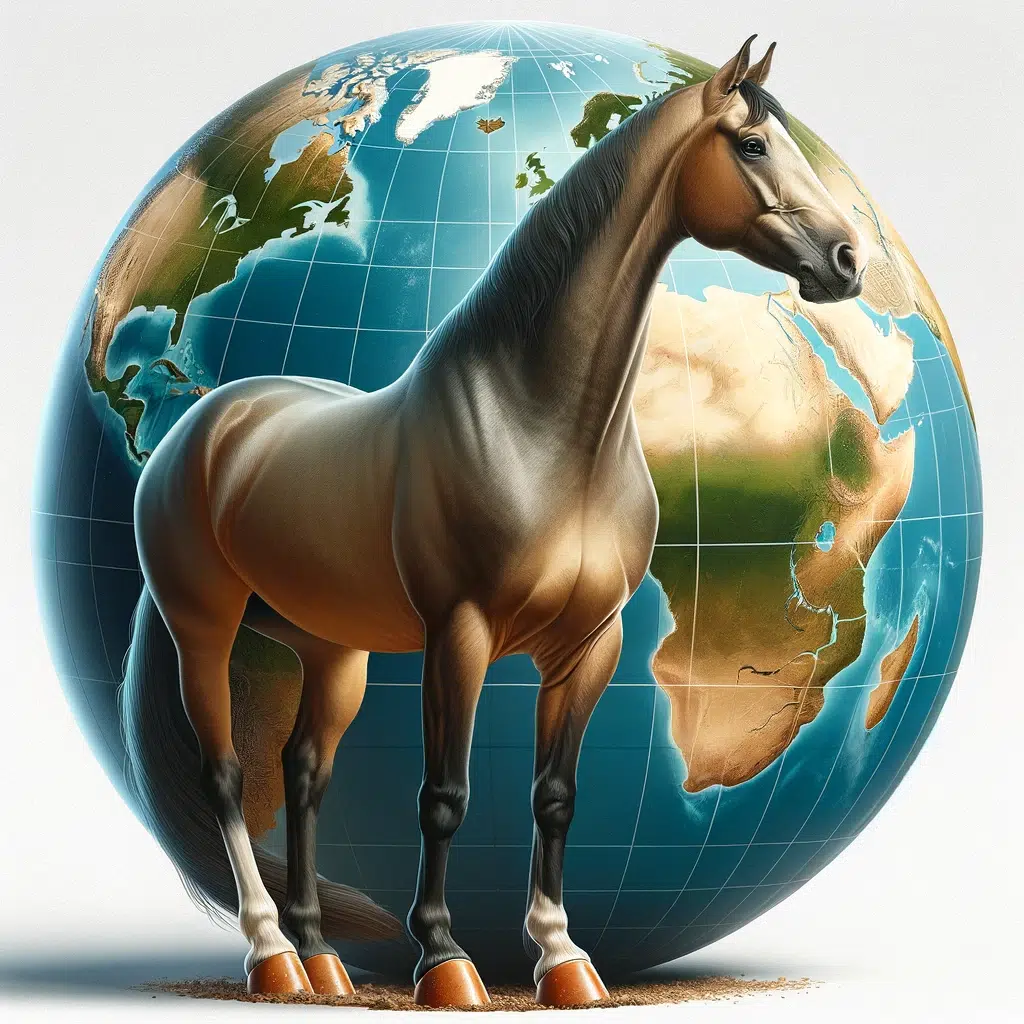
Introduction
Hoof care is a crucial aspect of horse health and performance, yet the techniques and traditions vary significantly across the globe. In this post, we delve into the diverse world of hoof care, exploring how different cultures and regions approach this essential practice.
North America: A Blend of Tradition and Innovation
In North America, hoof care combines time-honored farrier techniques with cutting-edge technology. Farriers here are known for their use of advanced tools and materials, such as synthetic shoes and digital imaging for precise hoof analysis. The focus is often on balancing the hoof and ensuring proper alignment to prevent injury and enhance performance.
Europe: Emphasis on Training and Certification
European countries, particularly those with a rich equestrian history like the United Kingdom and Germany, place a strong emphasis on formal training and certification for farriers. Traditional methods, including hot shoeing and hand-forged shoes, are commonly practiced. There’s also a significant focus on the horse’s overall biomechanics, considering the horse’s entire movement rather than just the hooves.
The Middle East: Endurance and Adaptation
In the Middle East, where endurance riding is popular, hoof care techniques are tailored for the harsh desert conditions. Farriers in this region often use lighter, more durable materials that can withstand long distances and hot climates. The hoof care practices are designed to maximize endurance and prevent overheating.
Asia: Ancient Traditions Meet Modern Practices
Asian countries like China and Japan blend ancient traditions with modern hoof care practices. Traditional remedies and herbs are often used alongside contemporary treatments. In Mongolia, where horses are a central part of the culture, hoof care is typically more basic, emphasizing natural hoof health and minimal intervention.
Australia: Rugged and Practical Approaches
Australian farriers often deal with a variety of terrains, from arid outbacks to lush coasts. Their hoof care techniques are pragmatic, focusing on durability and functionality. There’s a tendency to favor barefoot trimming methods, allowing horses to adapt naturally to their environment.
Africa: Resourcefulness and Natural Care
In many African countries, where resources can be limited, hoof care is notably resourceful. There’s a strong emphasis on natural hoof care, with less reliance on shoeing. Instead, regular trimming and natural remedies are used to maintain hoof health.
Conclusion
Exploring hoof care techniques around the world reveals a fascinating blend of tradition, innovation, and adaptation to local environments and equestrian practices. While the tools and methods may vary, the underlying goal remains the same: to ensure the health, comfort, and performance of the horse.
As we continue our journey in understanding the vast world of hoof care, it becomes clear that there’s much to learn from each other’s practices, enriching our own approach to hoof health.

Leave a Reply